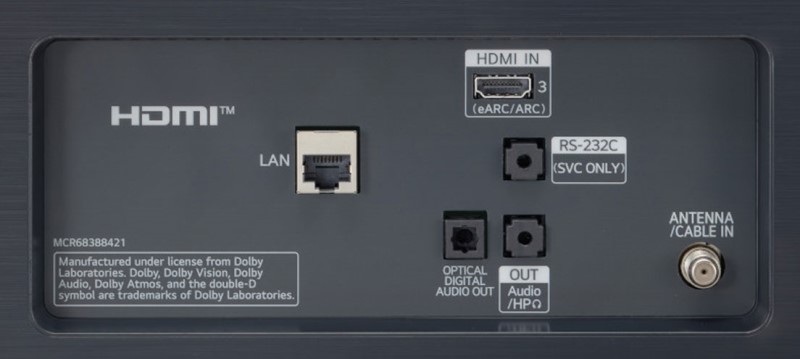How Do eARC and ARC Work Together?
You’ve sprung for the big home theater upgrade! You got a new AV receiver or a new TV or maybe a new Ultra HD Blu-ray player. You are so excited! But you’ve realized something. Your new gear? It has eARC. All your old stuff just has ARC. That has you concerned. Do eARC and ARC work together? Or will you have to upgrade everything else? Let’s discuss!
This is Only Important If You Use ARC
Before we begin, you only have to worry about eARC and ARC working together if you use them. All they do is allow audio to flow back down an HDMI cable from your display to your AV receiver. If you connect all your sources to your AV receiver and then send the video up to your TV, then ARC and eARC don’t affect you. Those HDMI ports will work just fine sending the HDMI signal. We’d even suggest turning HDMI CEC (the function that controls ARC and eARC) off on all your devices.

But if you are connecting your sources to your TV and sending the audio back down to your AV receiver, ARC and eARC working together will matter. This is often the case with gamers who have bought a new TV but are pairing it with an older AV receiver.
Lowest Common Denominator
If your concern is that eARC and ARC won’t work together at all, then let us allay your fears. While we have our issues with HDMI, one thing they try to ensure is that you’ll never NOT get a picture. If you try to use eARC and ARC together, you’ll get a picture and sound. If that is all you care about? You are done.
If your question is how does mixing eARC and ARC together affect what you see and hear, that answer is a little more complicated. HDMI has what is called a handshake. When your screen goes blank for a moment or two, this is your HDMI devices communicating with each other. This can happen at other times as well. This handshake allows all your HDMI devices in a chain to determine the lowest common denominator. By that we mean the device that has the least capabilities. In the case of eARC and ARC working together, it is the ARC connection.
What Will Be Affected
The difference between ARC and eARC is bandwidth. This is how much data the cable can transmit from your TV to your AV receiver. ARC has lower bandwidth than eARC. With eARC, you can get full lossless audio from your TV to your AV receiver. With ARC, you will be limited to compressed 5.1 signals at the maximum. This is the same audio you would get if you used an optical connection. This is the only downside of mixing ARC with eARC.
Video will be unaffected by the ARC connection. Any source that is connected to your AV receiver will be sent to your TV without any additional limitations by the ARC over eARC. Any source connected directly to your TV will, of course, not be affected.


